In contemporary bathroom design, LED bathroom mirrors have gradually become the focal point of attention for families. It not only has mirror function, but also integrates lighting, intelligent control, and various practical designs, bringing great convenience and comfort to daily use. However, LED bathroom mirrors are not perfect, and in the process of selection and decoration, it is necessary to weigh their advantages and disadvantages comprehensively.
1. Functional advantages
The core advantage of led lighted bathroom mirrors lies in their integrated light source and intelligent control system:
Adjustable lighting performance: Most LED bathroom mirrors offer adjustable colour temperature, ranging from 3000K to 6000K, and support brightness adjustment (10% - 100%), which can meet various needs, such as daily makeup, shaving, and skincare.
Anti-fog function: By heating or using a dedicated anti-fog film, the mirror surface remains clear in humid environments, eliminating daily maintenance issues.
Intelligent control: Some high-end mirrors feature touch buttons, remote control, or voice control functions, allowing for seamless switching between modes according to the usage scenario, thereby enhancing operational convenience.
Data shows that over 65% of high-end bathroom decoration projects choose mirrors with LED function, mainly due to the convenience and improved living experience brought by multifunctionality.
2. Design and Aesthetics
LED bathroom mirrors not only have powerful functions, but their design can also enhance the beauty of the space:
Minimalist style and modernity: Mirror borderless or slim border design, highly compatible with modern bathroom style.
Double sided or backlit design: The backlit LED provides soft ambient light, while the front light source is used for daily operations, creating a comfortable atmosphere by combining the two.
Flexible in size and proportion:it can be customised according to the length of the sink, making it suitable for both single and double bathroom layouts, thereby balancing practicality with visual appeal.
Data shows that 70% of young homeowners tend to choose backlit or large-sized LED bathroom mirrors when decorating, as they perform well in enhancing the texture of the space.
3. Cost analysis
Compared to traditional mirrors, LED bathroom mirrors require a higher initial investment
The market retail price typically ranges from $150 to $800, depending on size, functionality, and brand.
Although the initial investment is relatively high, its durability and low energy consumption can offset some of the costs after a few years of use. High-quality LED light sources have a lifespan of over 50,000 hours, reducing the frequency of replacement.
Although anti-fog and touch functions increase costs, they can reduce the frequency of cleaning and maintenance, thereby saving on long-term maintenance costs.
Overall, investing in LED bathroom mirrors is a one-time investment that yields long-term convenience and comfort, making it a valuable decorative strategy.
4. User experience
LED bathroom mirrors have multiple advantages in daily use, but there are also precautions to be taken:
Uniform brightness: The LED light source provides shadow-free illumination, which helps with precise makeup and shaving.
Energy saving and environmental protection: Compared to traditional incandescent lamps, LEDs consume about 70% less energy and are more environmentally friendly.
Easy maintenance: The light source has a long lifespan, and the anti fog function reduces the frequency of daily wiping.
Disadvantages of use
High initial costs: For families with limited budgets, prices remain relatively high, especially for larger or more advanced models.
High circuit and installation requirements: Some LED mirrors require a power or waterproof circuit design, making installation more complex than that of traditional mirrors.
Potential faults: Low-quality products may experience issues such as touch failure, light decay, or unstable anti-fog function, requiring careful brand selection.
Update and repair costs: Once the LED light source or electronic components are damaged, it becomes difficult to replace them, and a complete mirror replacement may be required, thereby increasing long-term costs.
According to market research, user satisfaction is directly related to the stability of LED functionality. Mirrors with complete functions and reliable brands have received a high praise rate of up to 85%, while the complaint rate for problems with low-end products is as high as 18% -22%.

5. Installation and Applicability
Installation of LED bathroom mirrors requires consideration of circuit layout and waterproof design:
Installation methods :include wall-mounted, embedded, and panel-mounted options. Some mirrors support both plug-in and hard-wired options.
Waterproof rating: IP44 or higher grade mirrors can effectively prevent water damage and are suitable for damp bathroom environments.
Compatibility: The sink must match the size and overall decorative style to avoid being too large or too small, as this can impact both aesthetics and user experience.
When choosing LED bathroom mirrors, priority should be given to installation convenience and waterproof safety, as these are crucial for a long-term user experience.
6. Market Trends
In recent years, the LED bathroom mirror market has continued to grow:
The annual growth rate is approximately 8 -10%, and demand for intelligent and multifunctional products has increased significantly.
Smart Home Integration: Some products can be integrated into smart home systems to achieve functions such as voice control and timed lighting.
Environmental protection and energy conservation: Consumers are more concerned about low energy consumption, recyclable materials, and long-life light sources, promoting the development of high-quality LED mirrors.
A survey reveals that young users and first-time home decorators are more inclined towards LED mirrors, and the market potential remains expanding.
7. Suggestions for selection
When choosing LED bathroom mirrors, the following principles can be followed:
Function matching: Select the colour temperature adjustment, brightness adjustment, and anti-fog function according to your daily needs.
Brand and Quality: Prioritise choosing brands with a long lifespan for their light sources and comprehensive after-sales service.
Size and style: Match the sink's proportion to strike a balance between aesthetics and practicality.
Safety and installation convenience: The waterproof rating and installation method must comply with the bathroom usage conditions.
Budget and cost considerations: Fully evaluate the initial investment and long-term maintenance costs, and choose products with high cost-effectiveness.

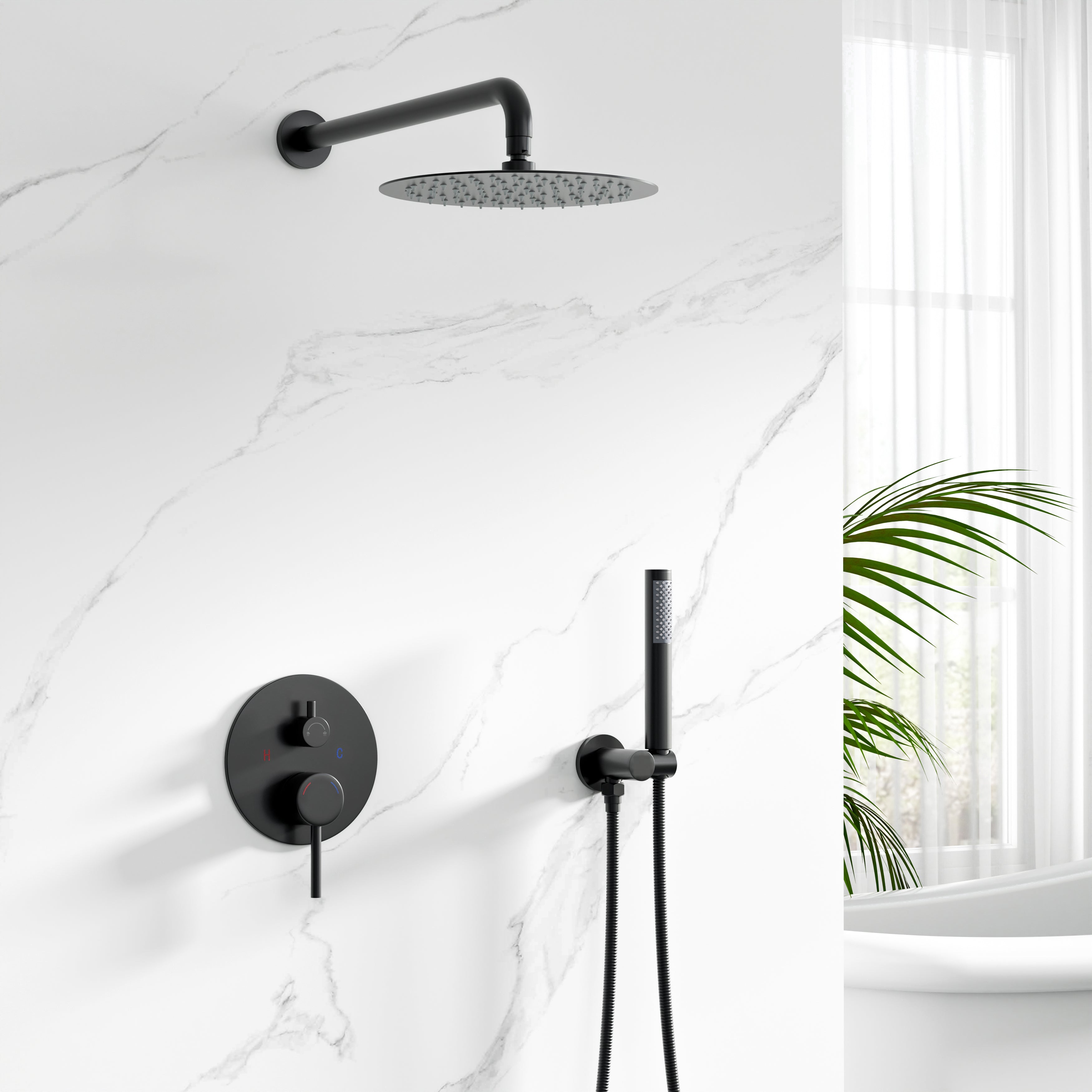
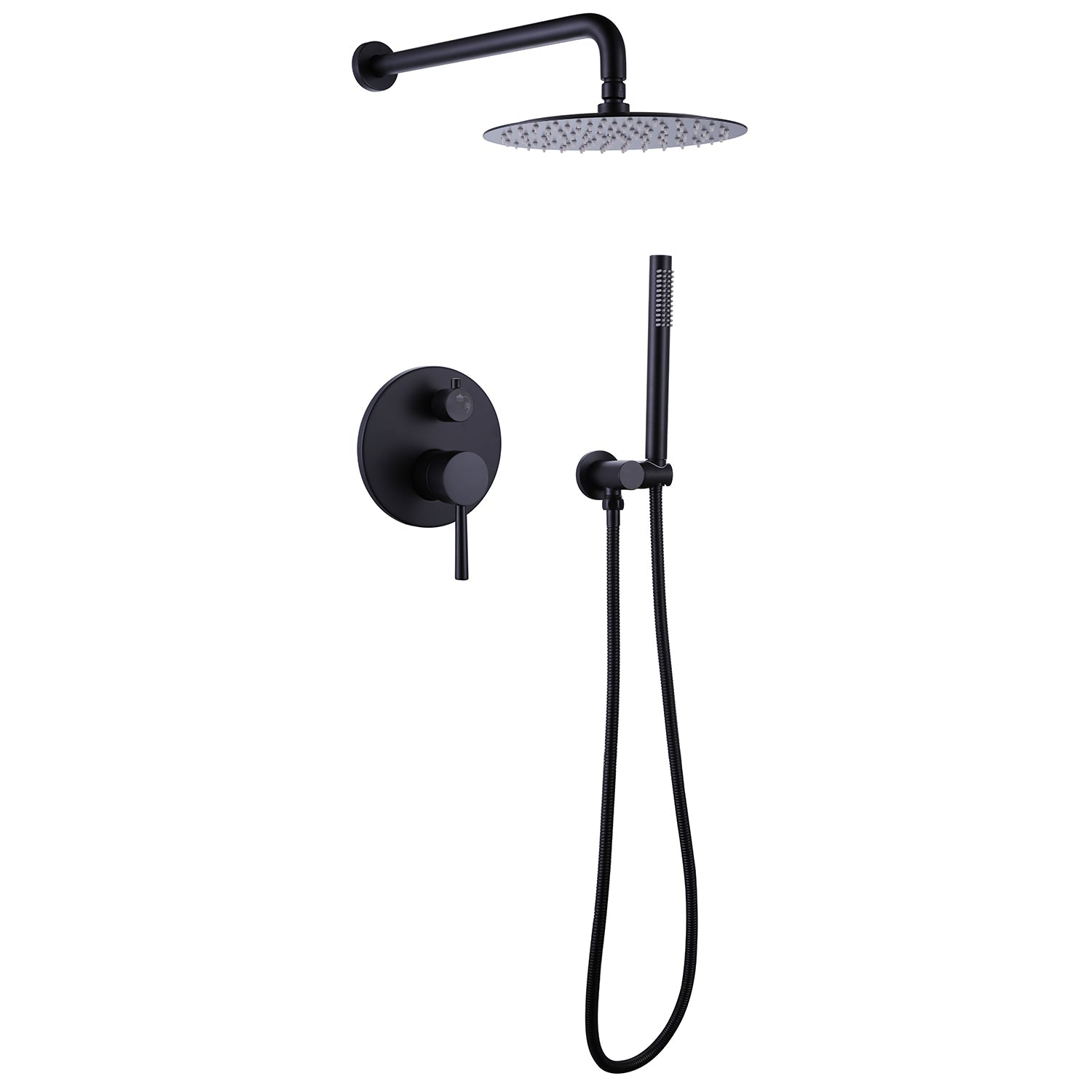


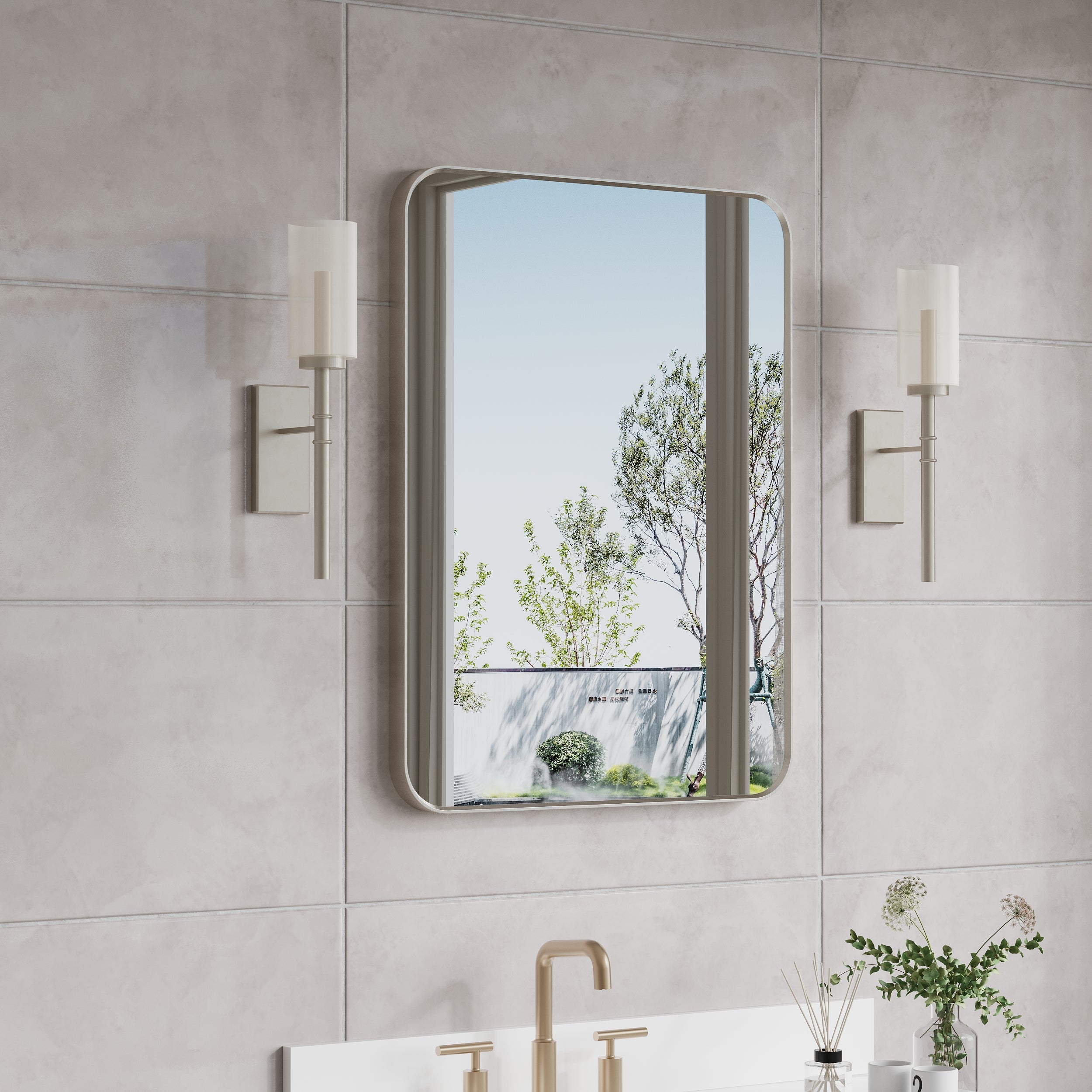
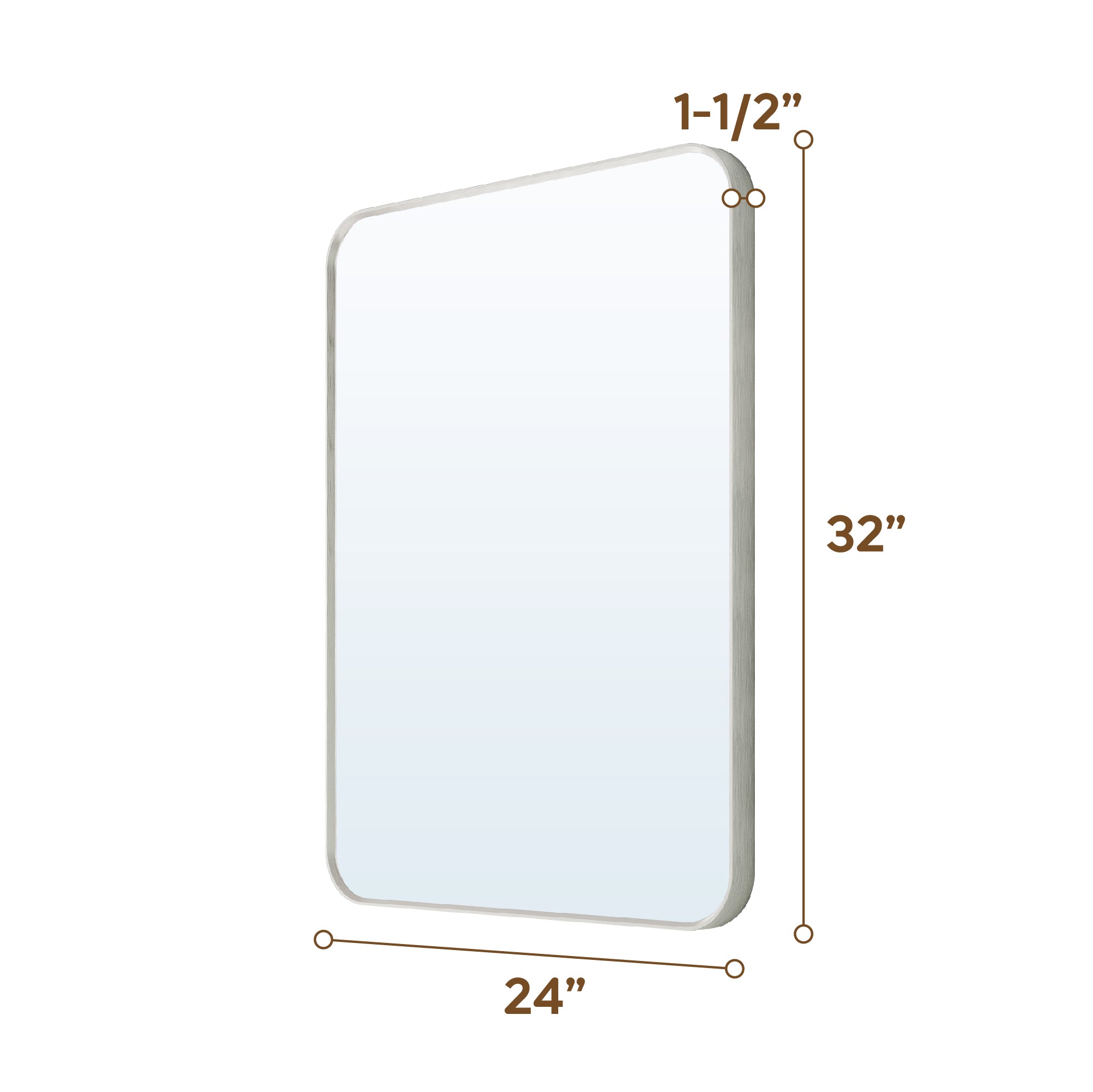




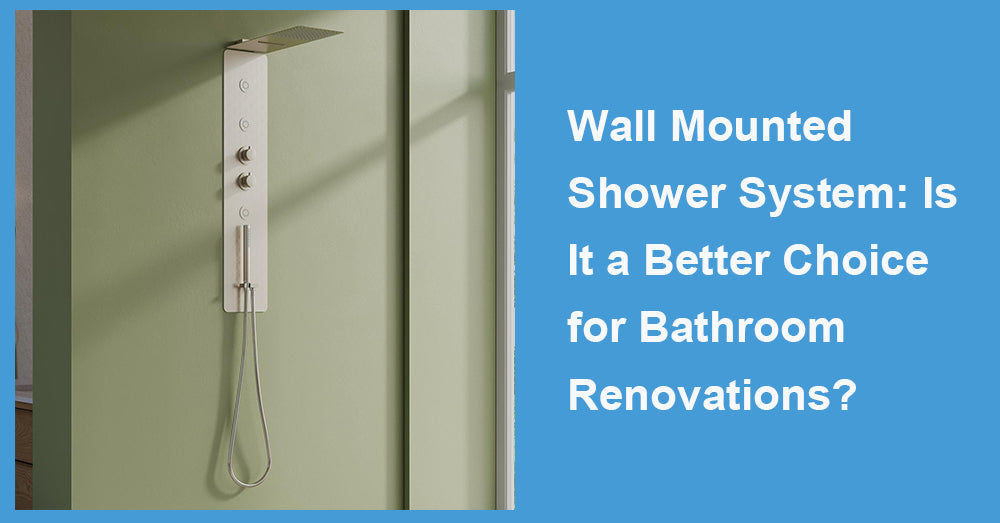
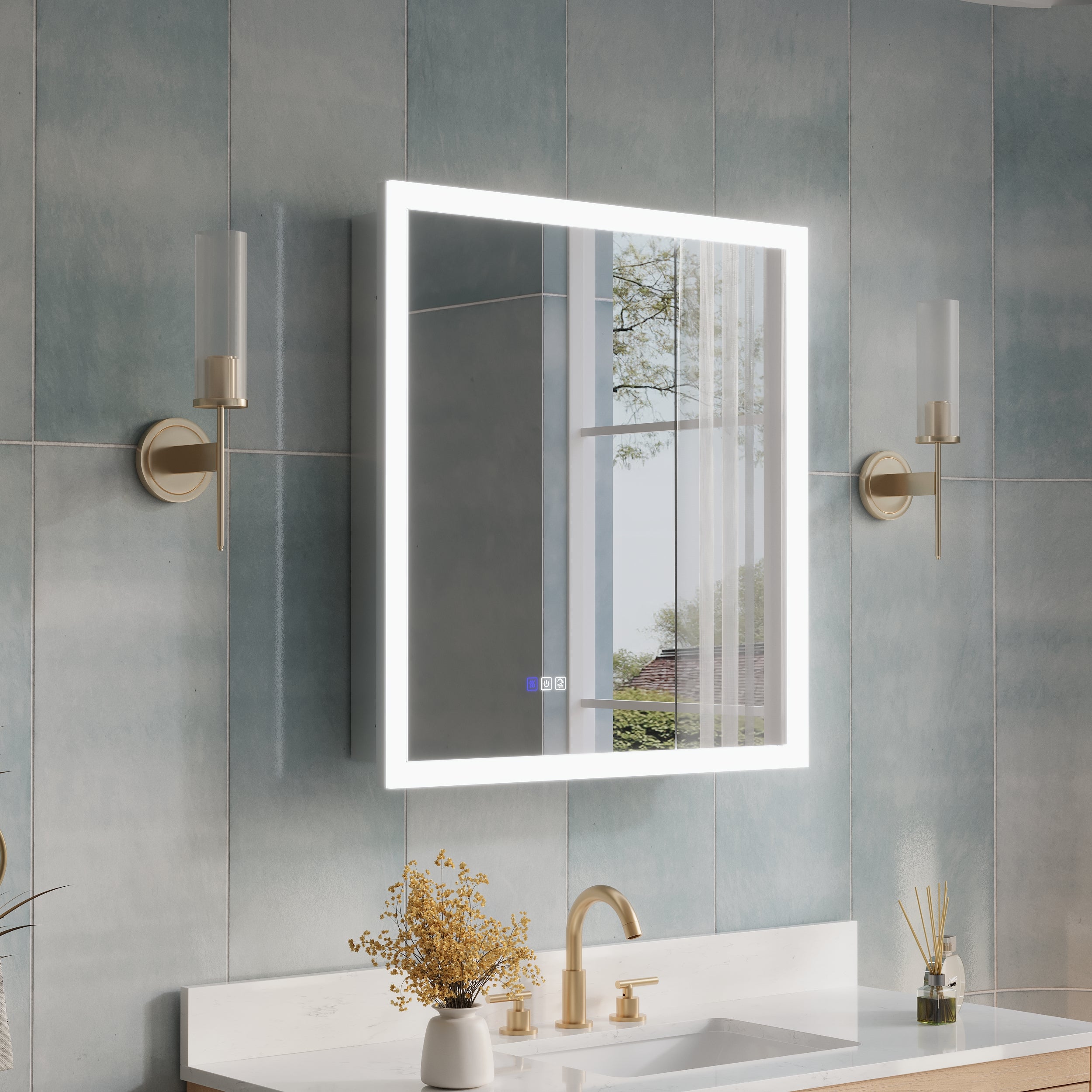
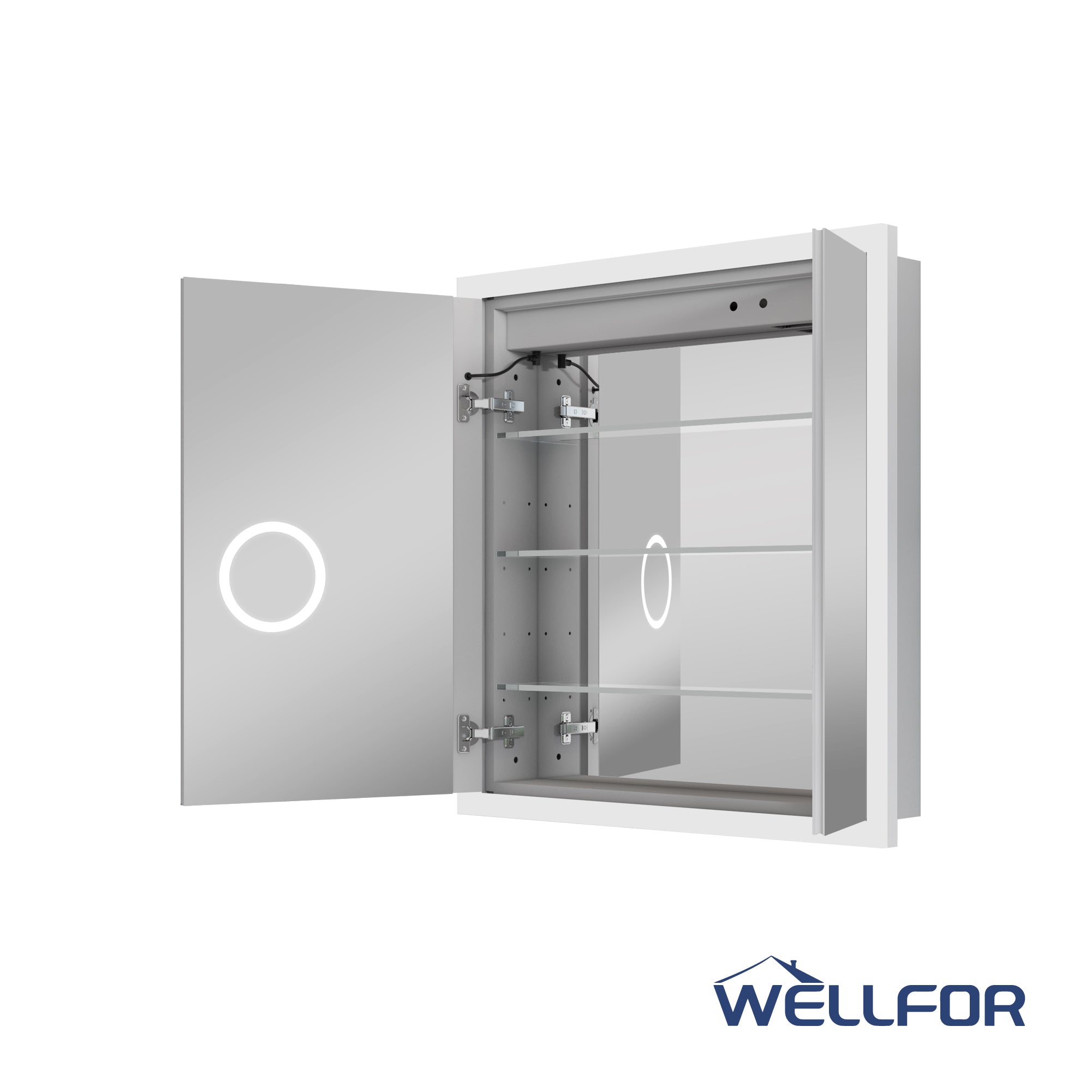
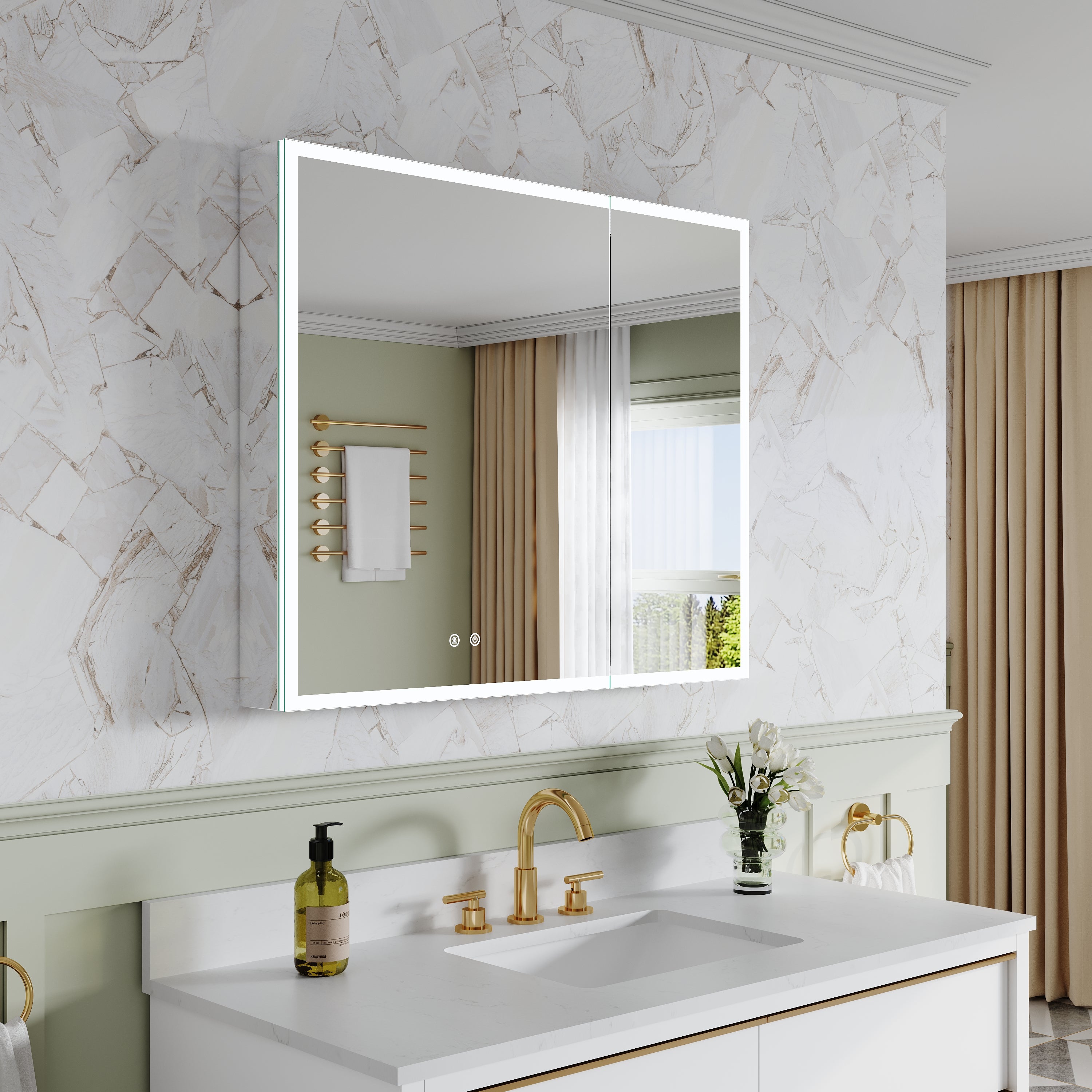
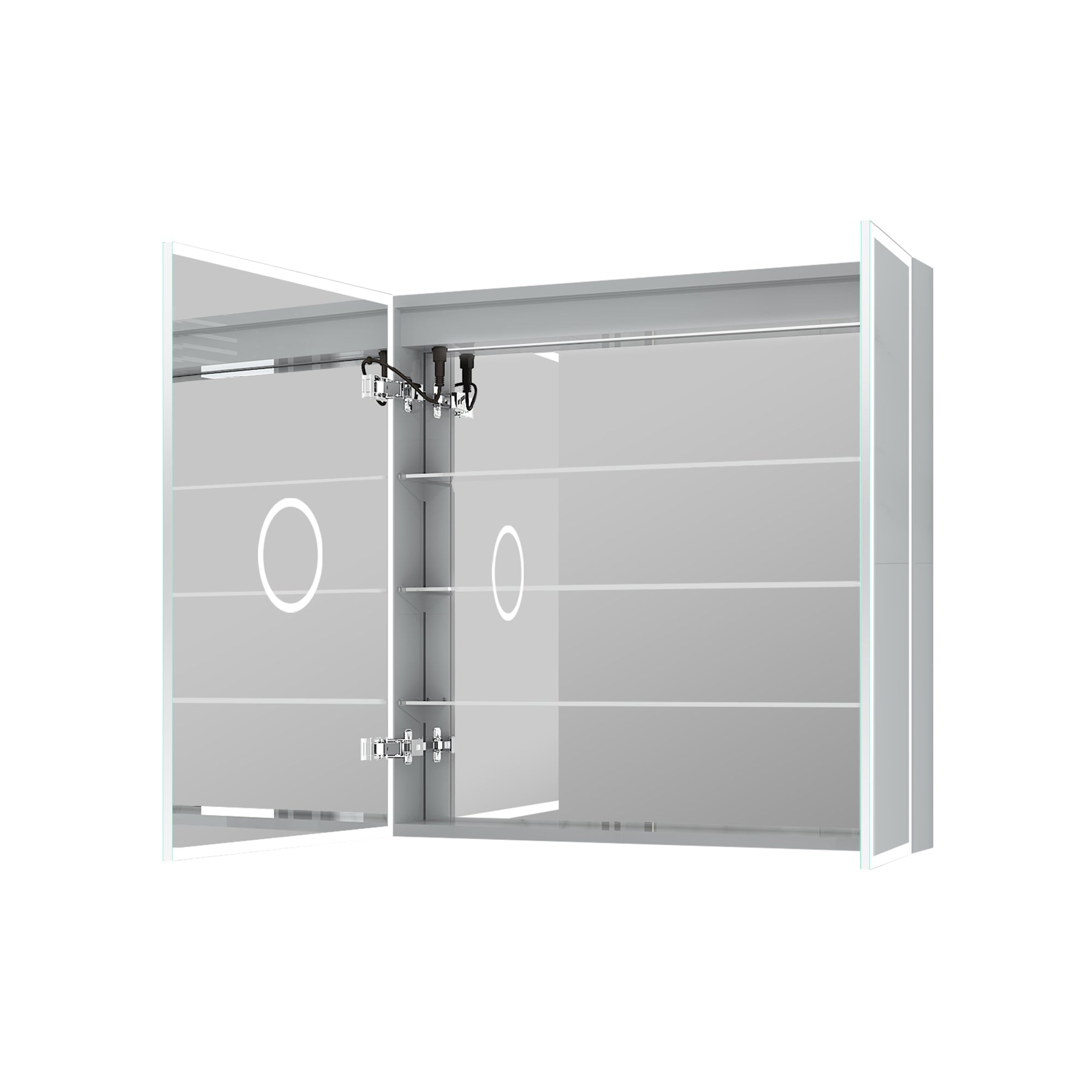
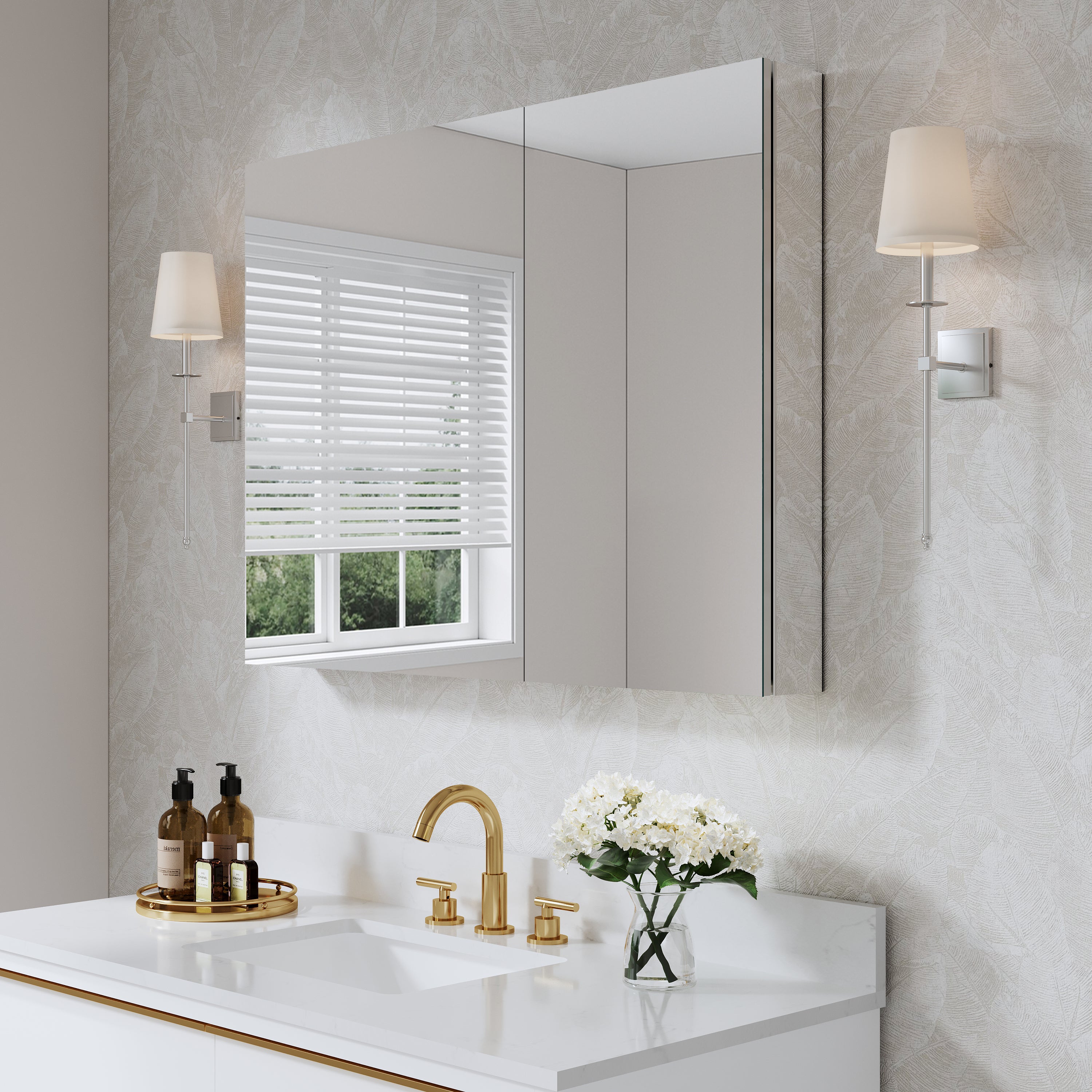

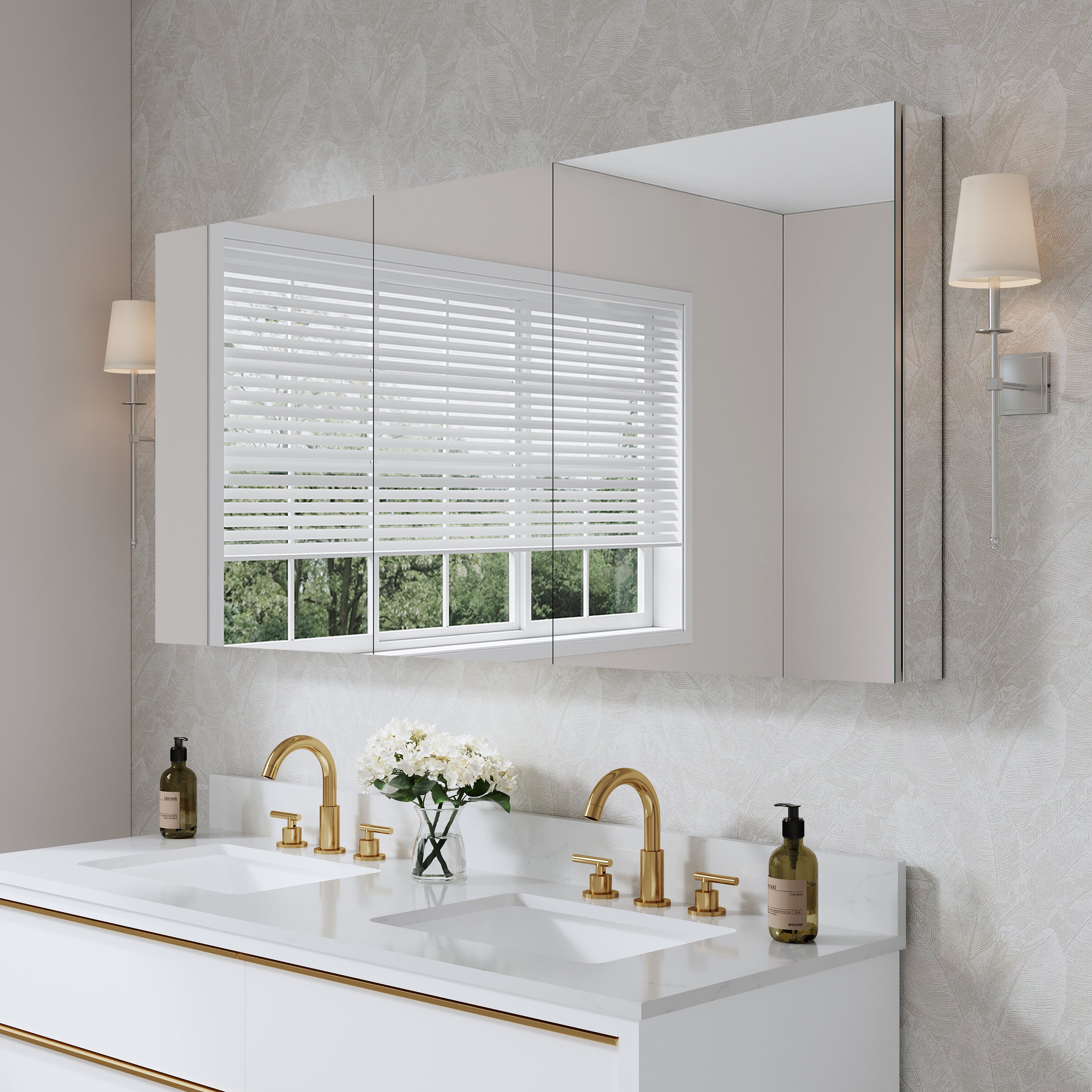

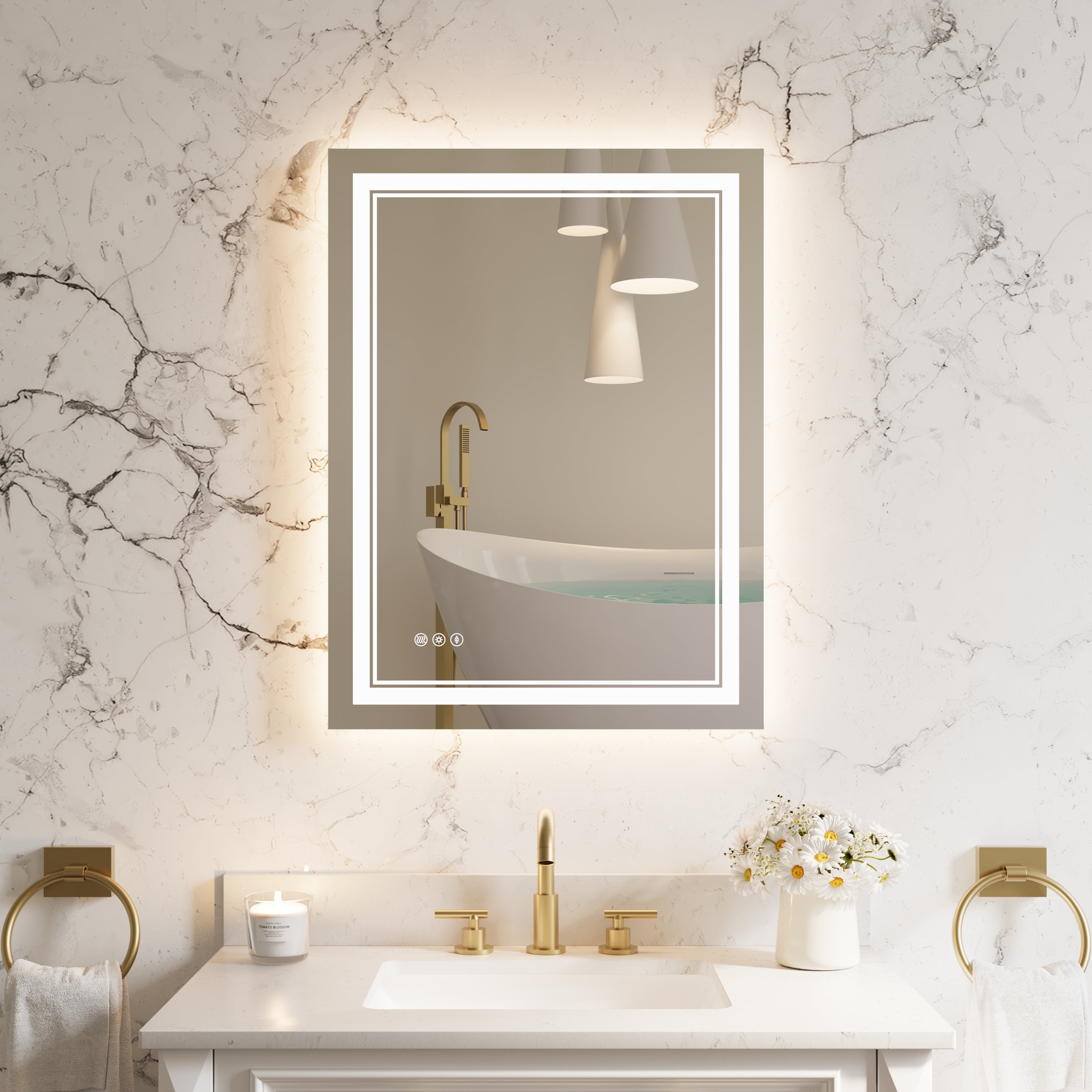
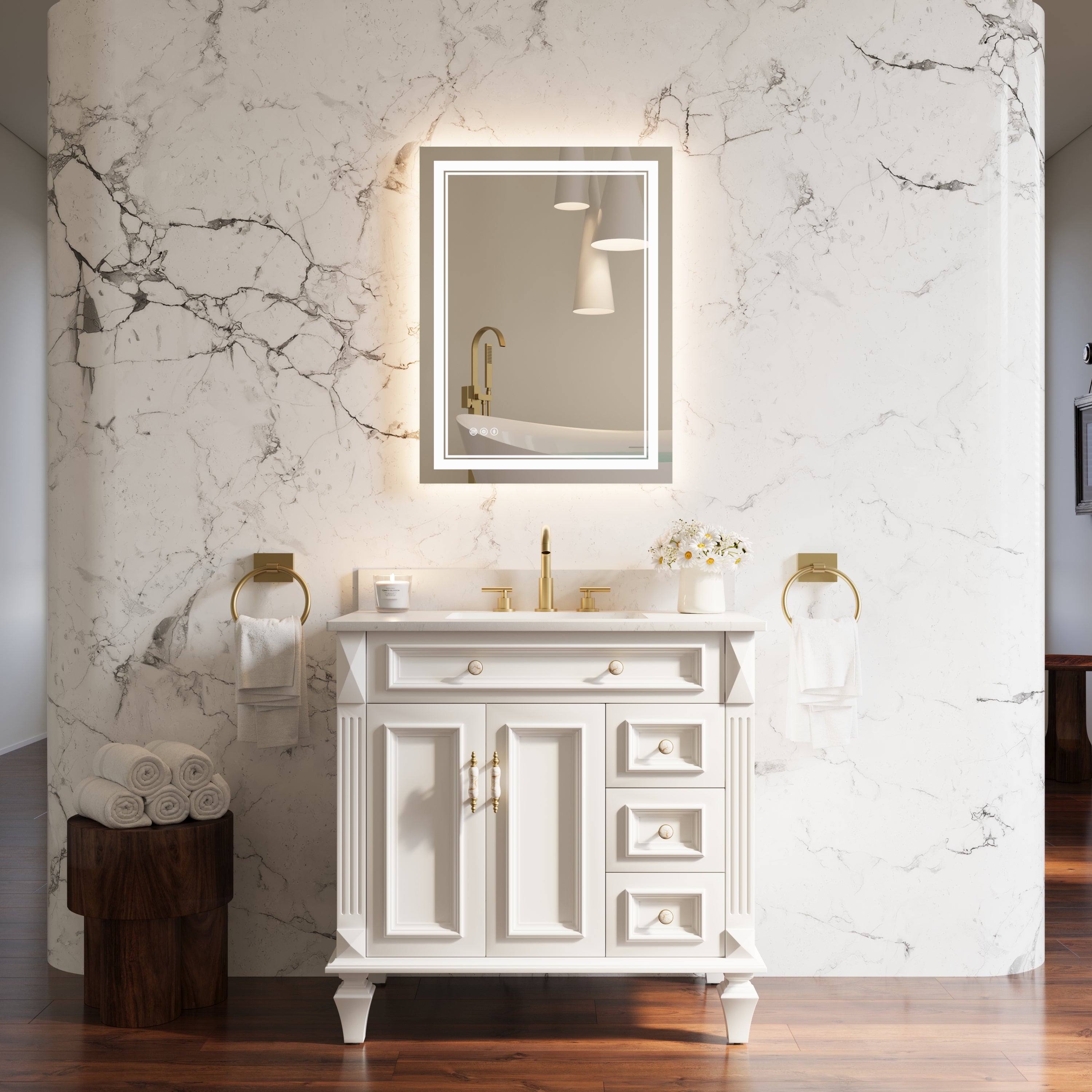
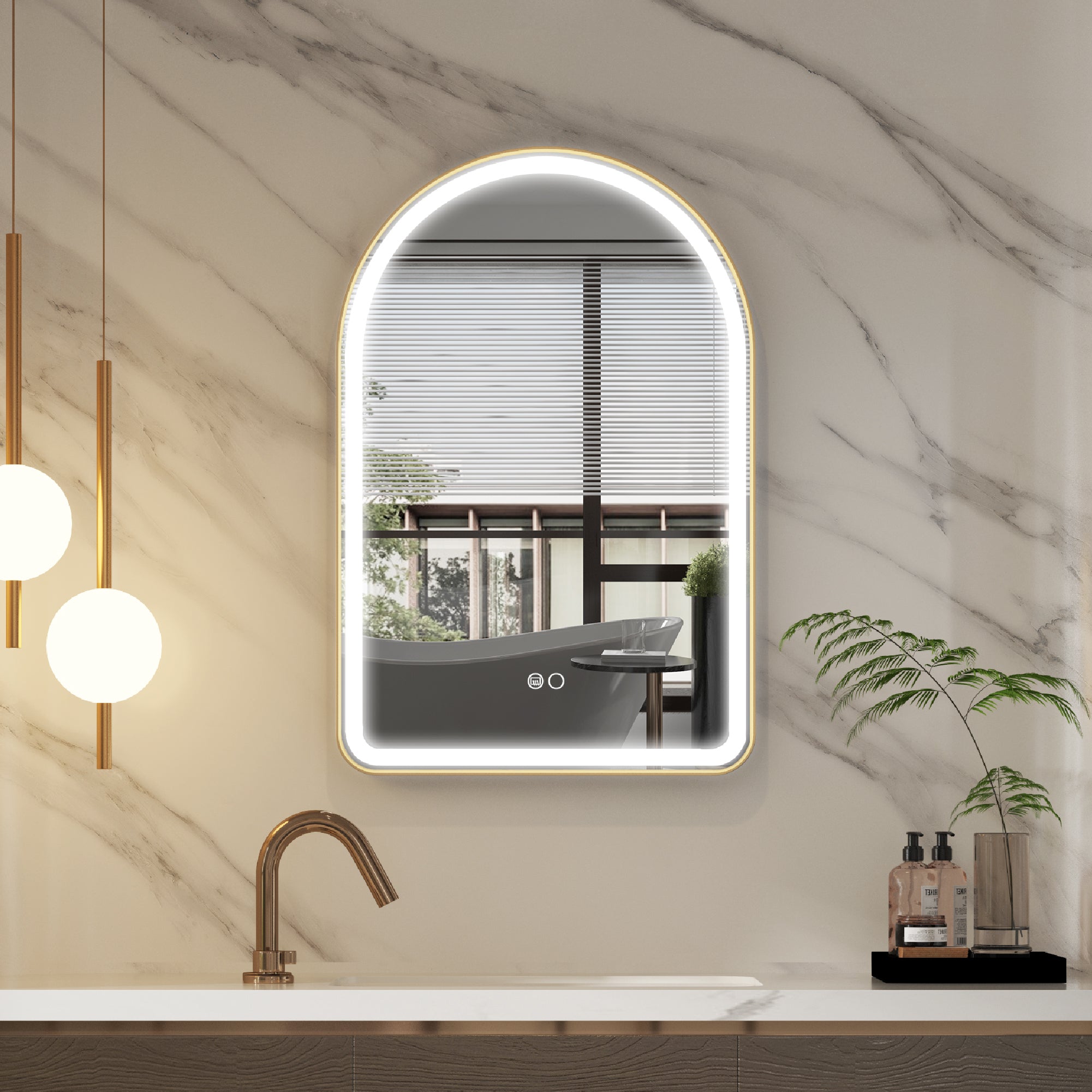
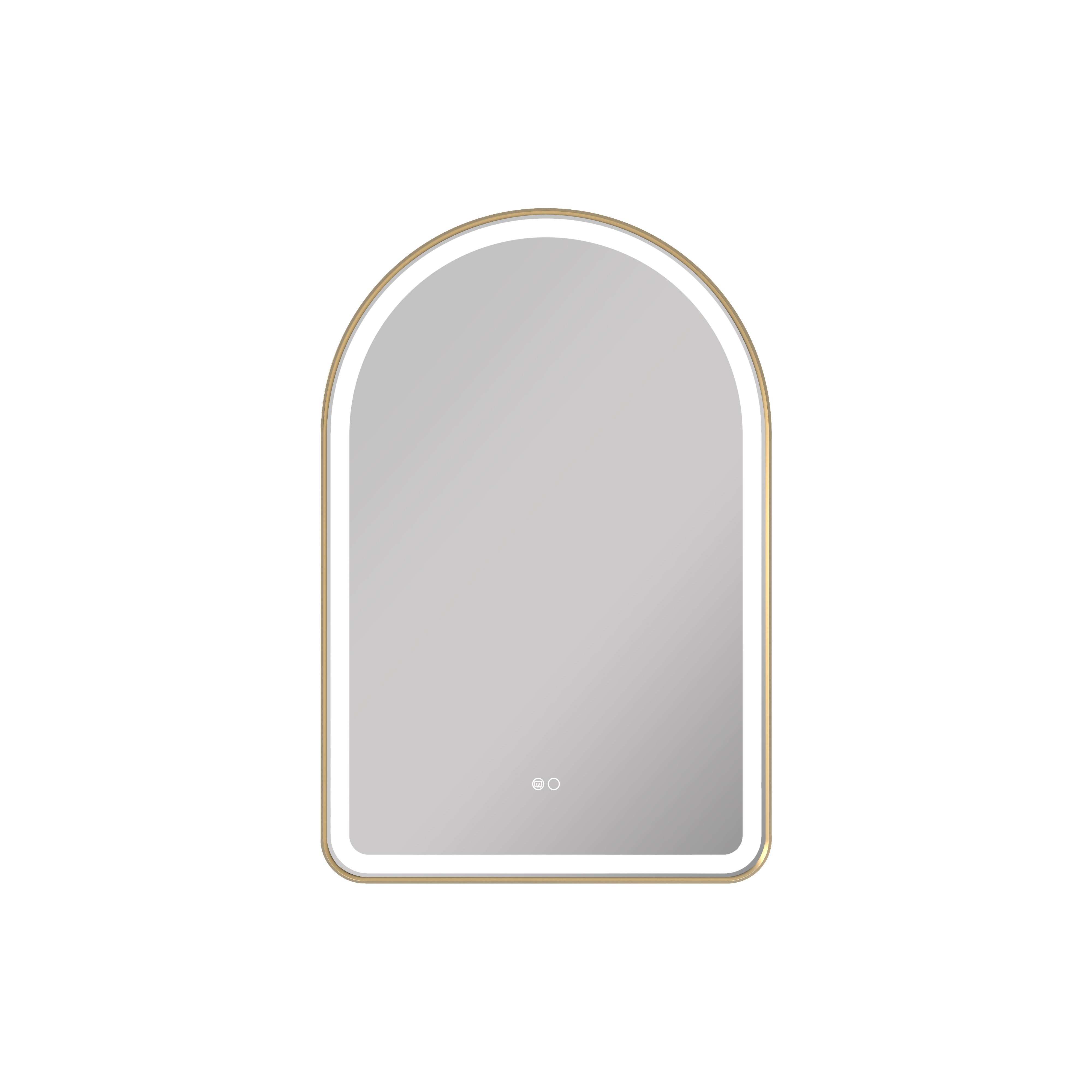
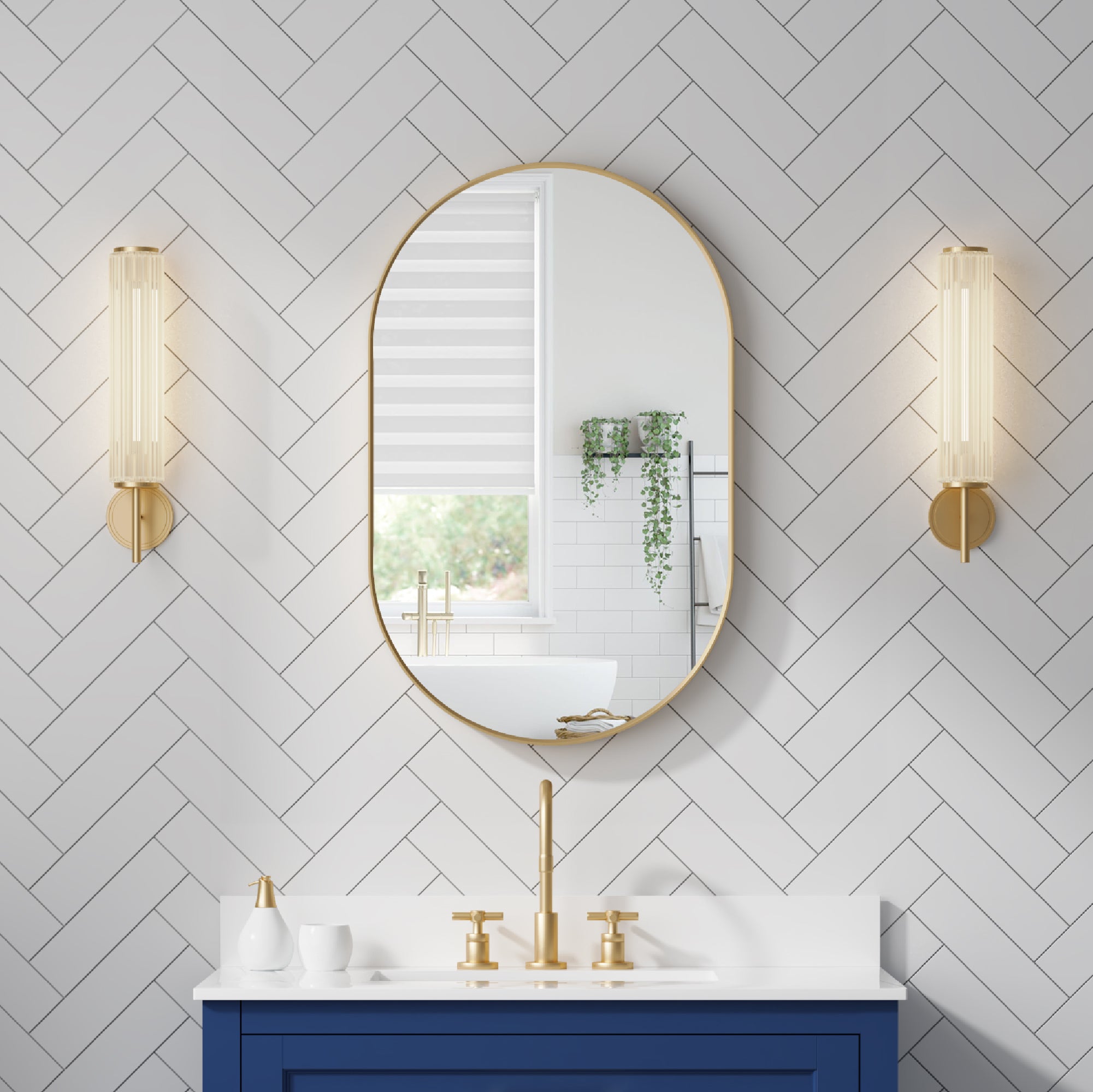
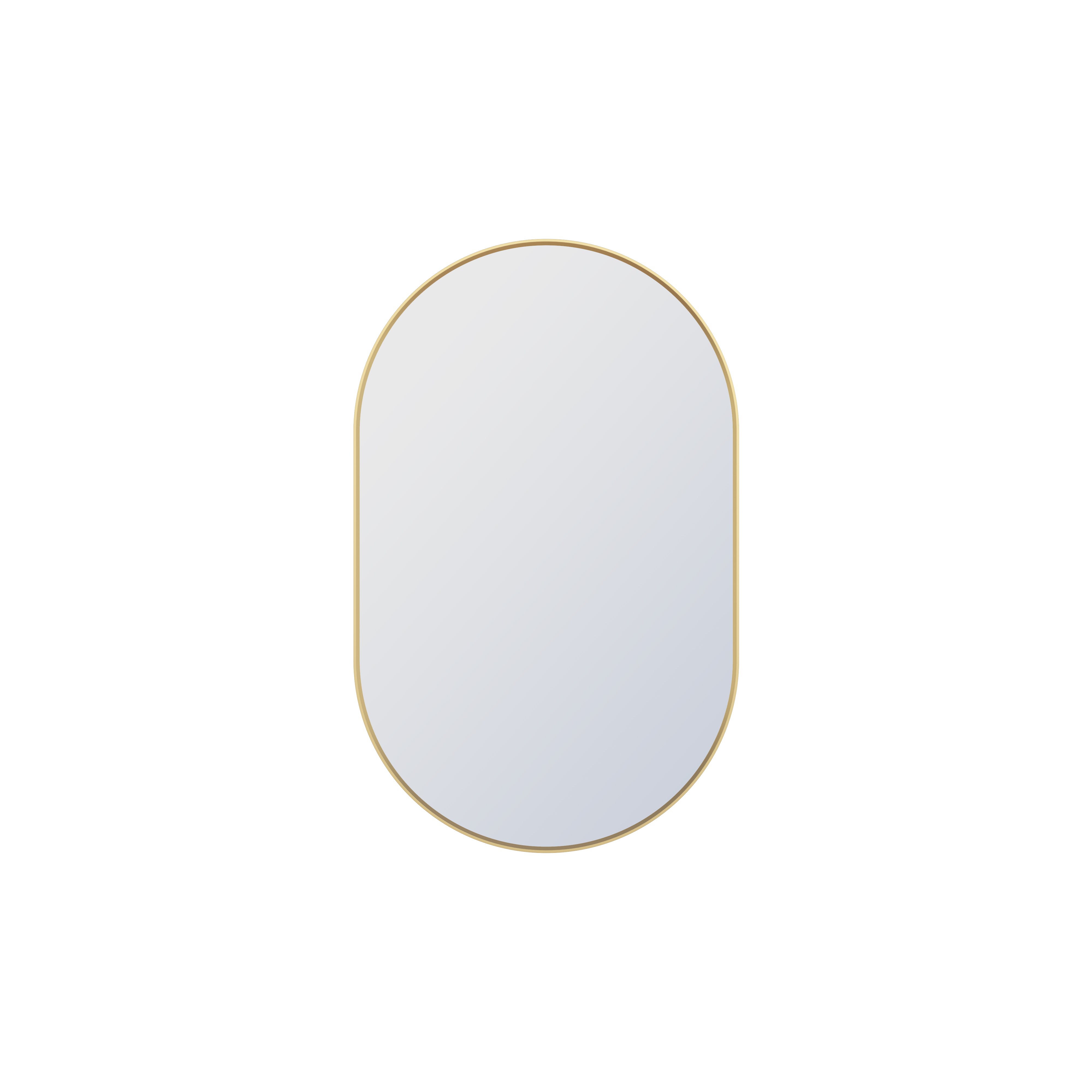


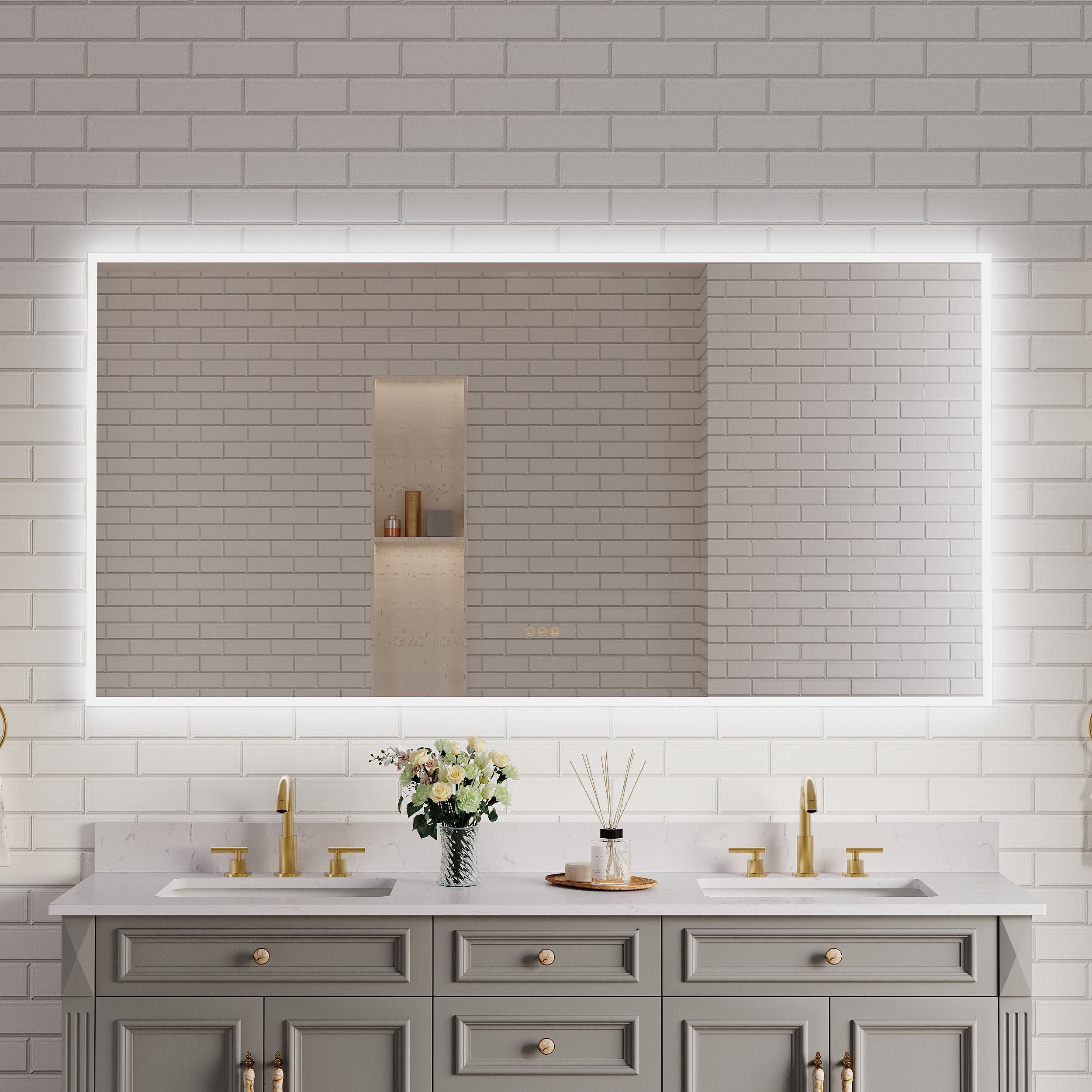





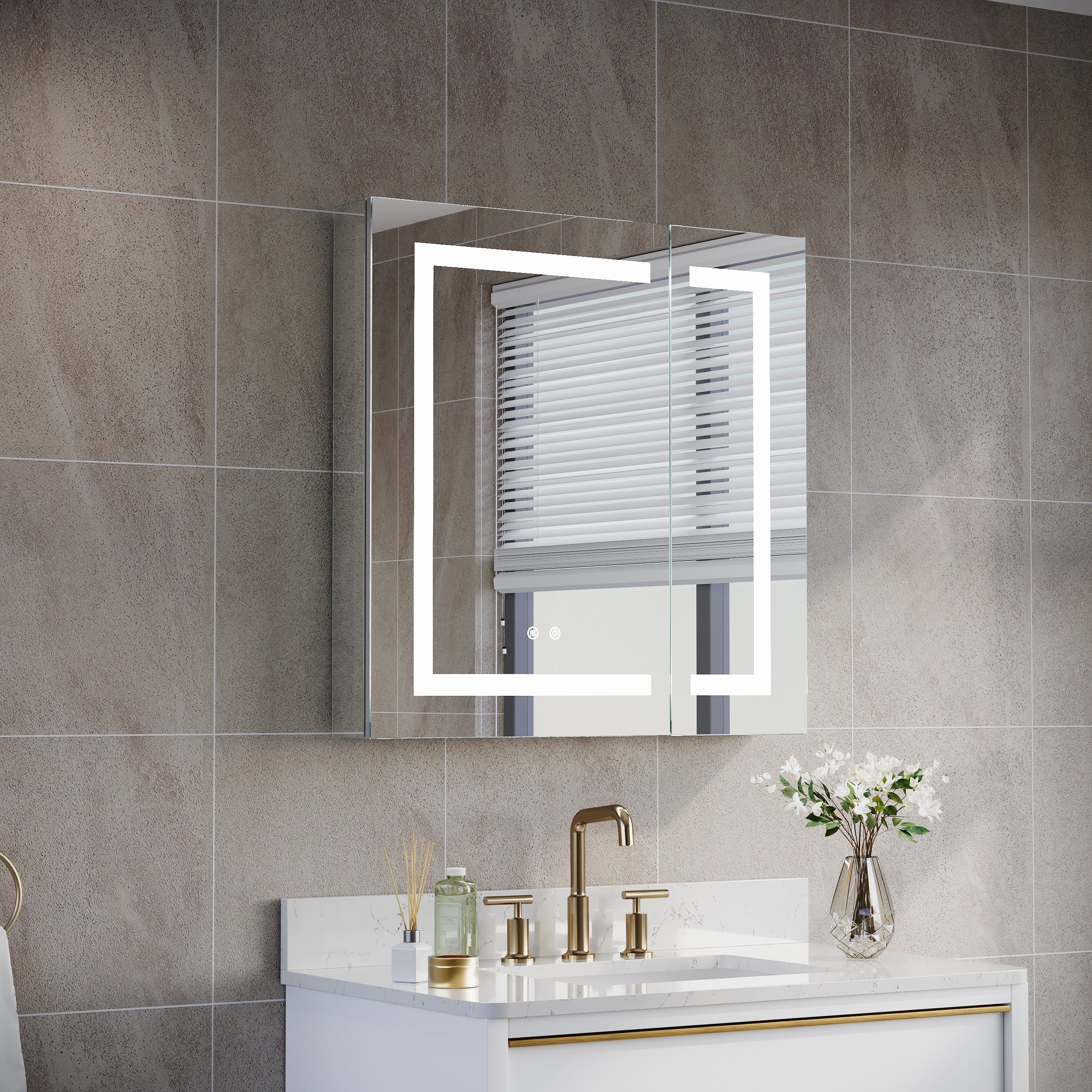
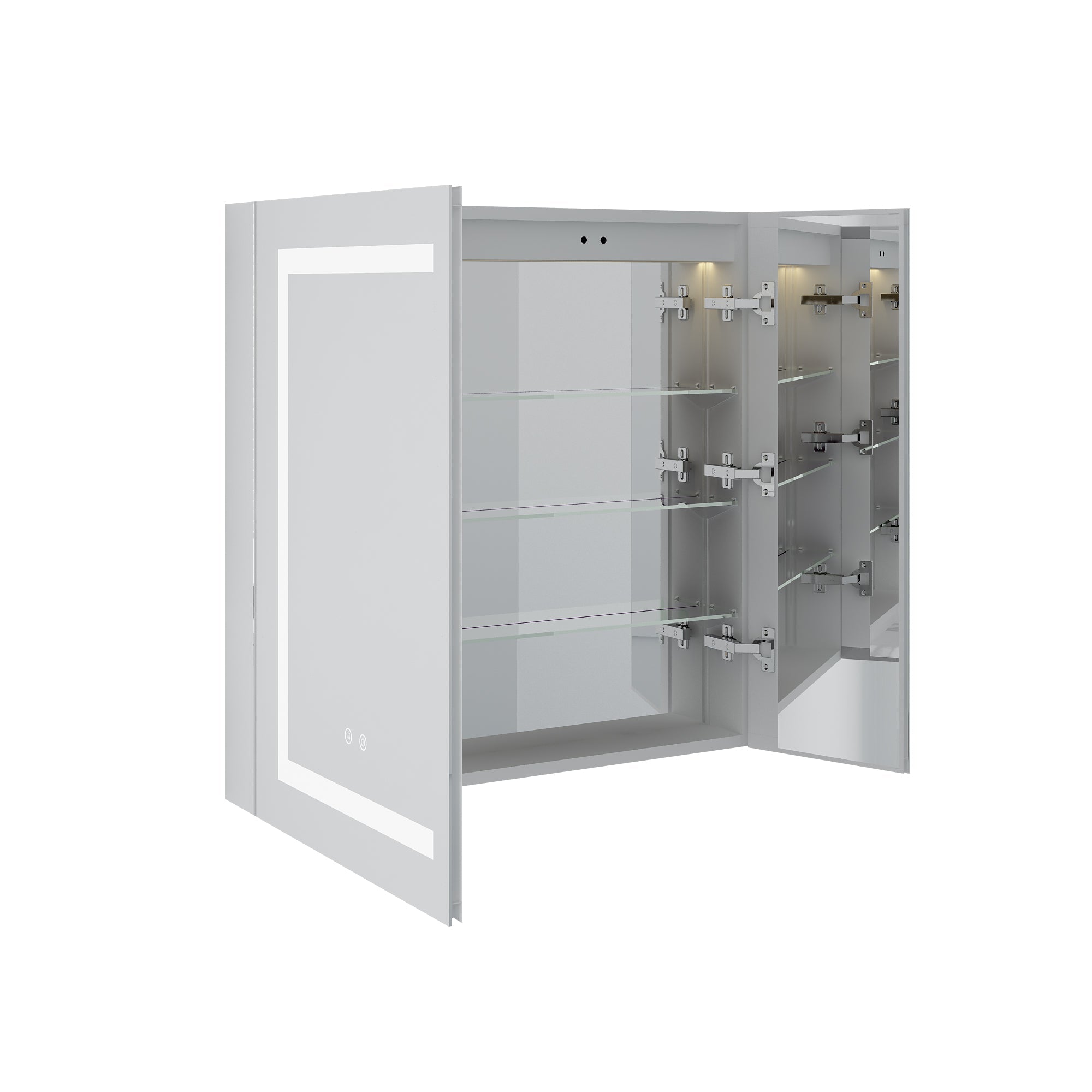




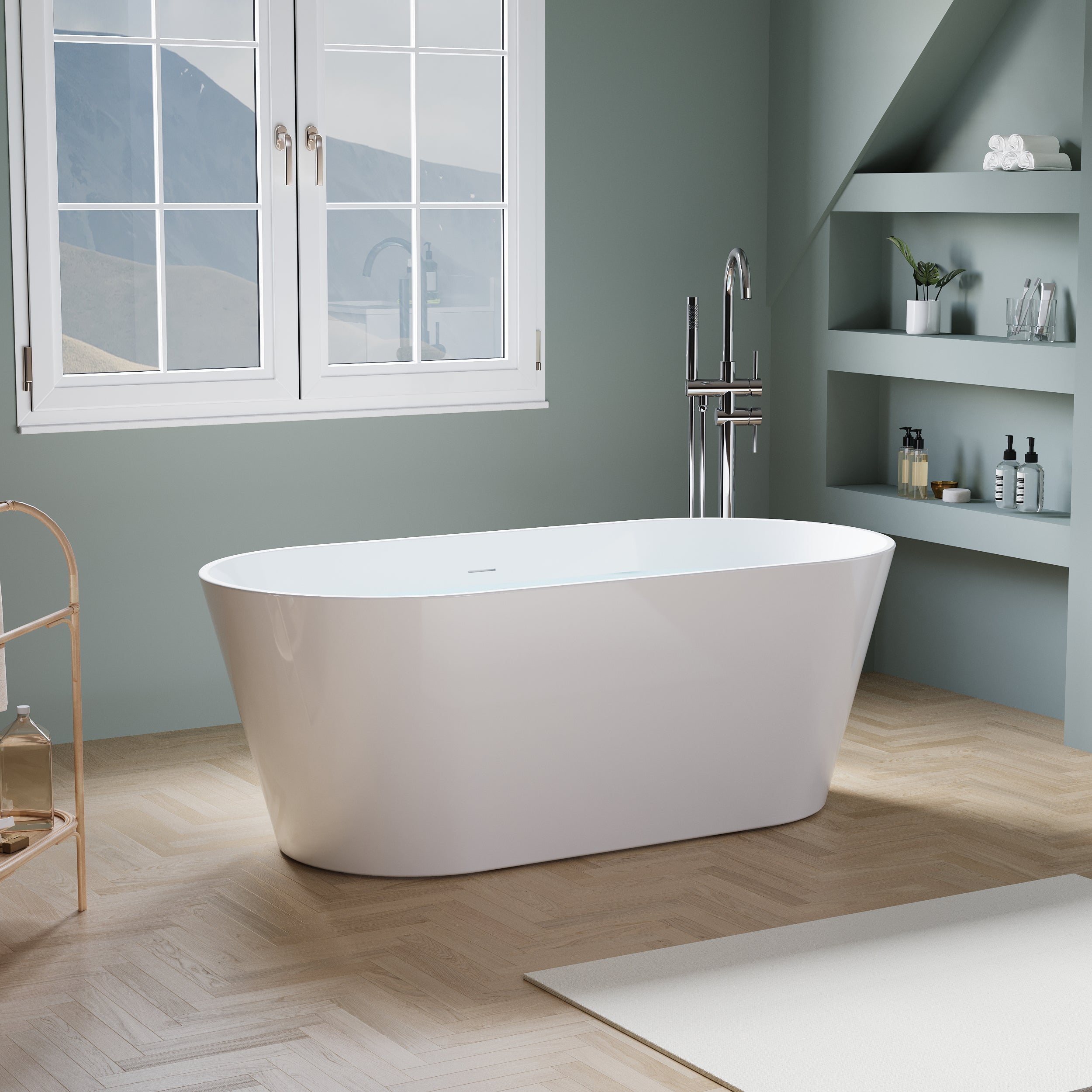
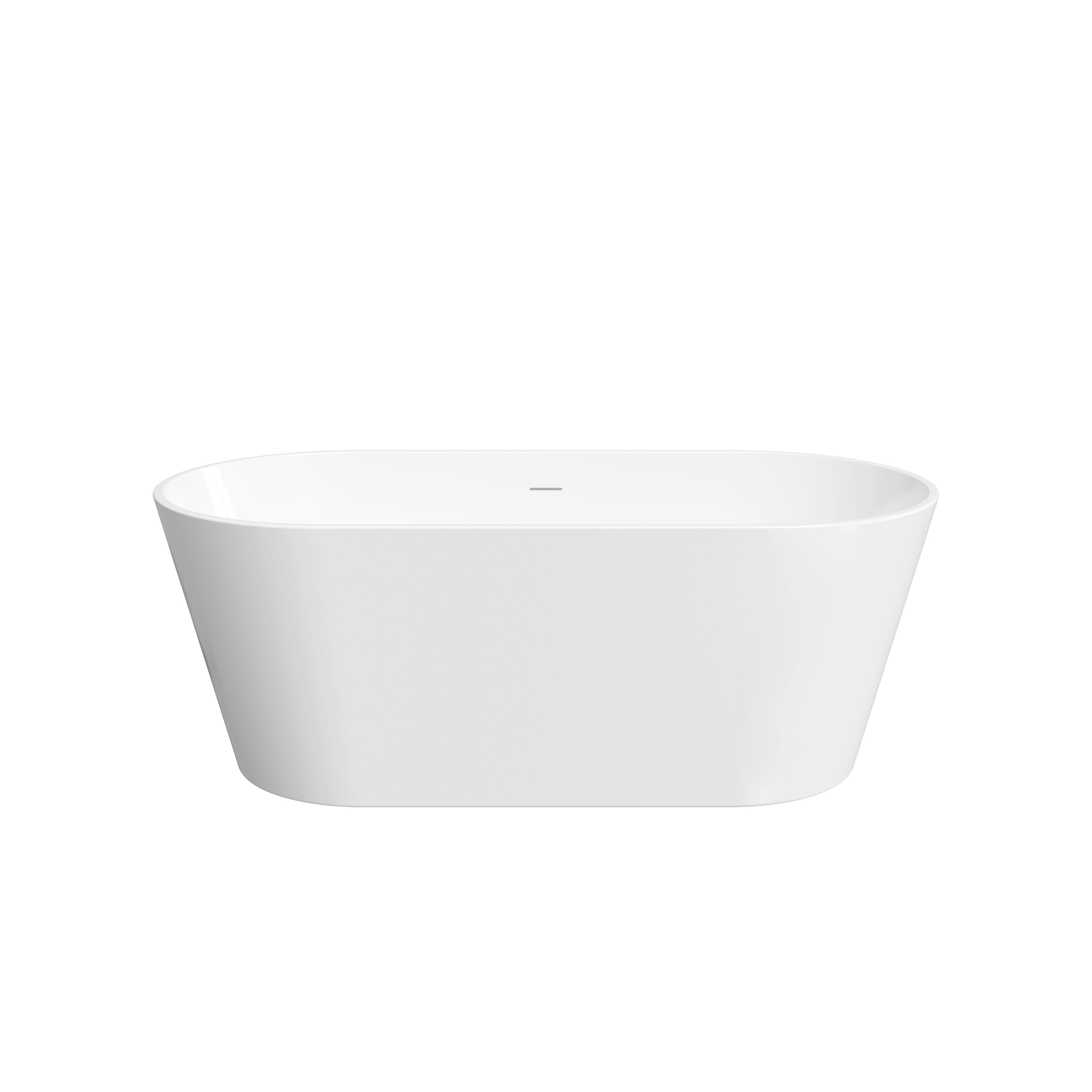


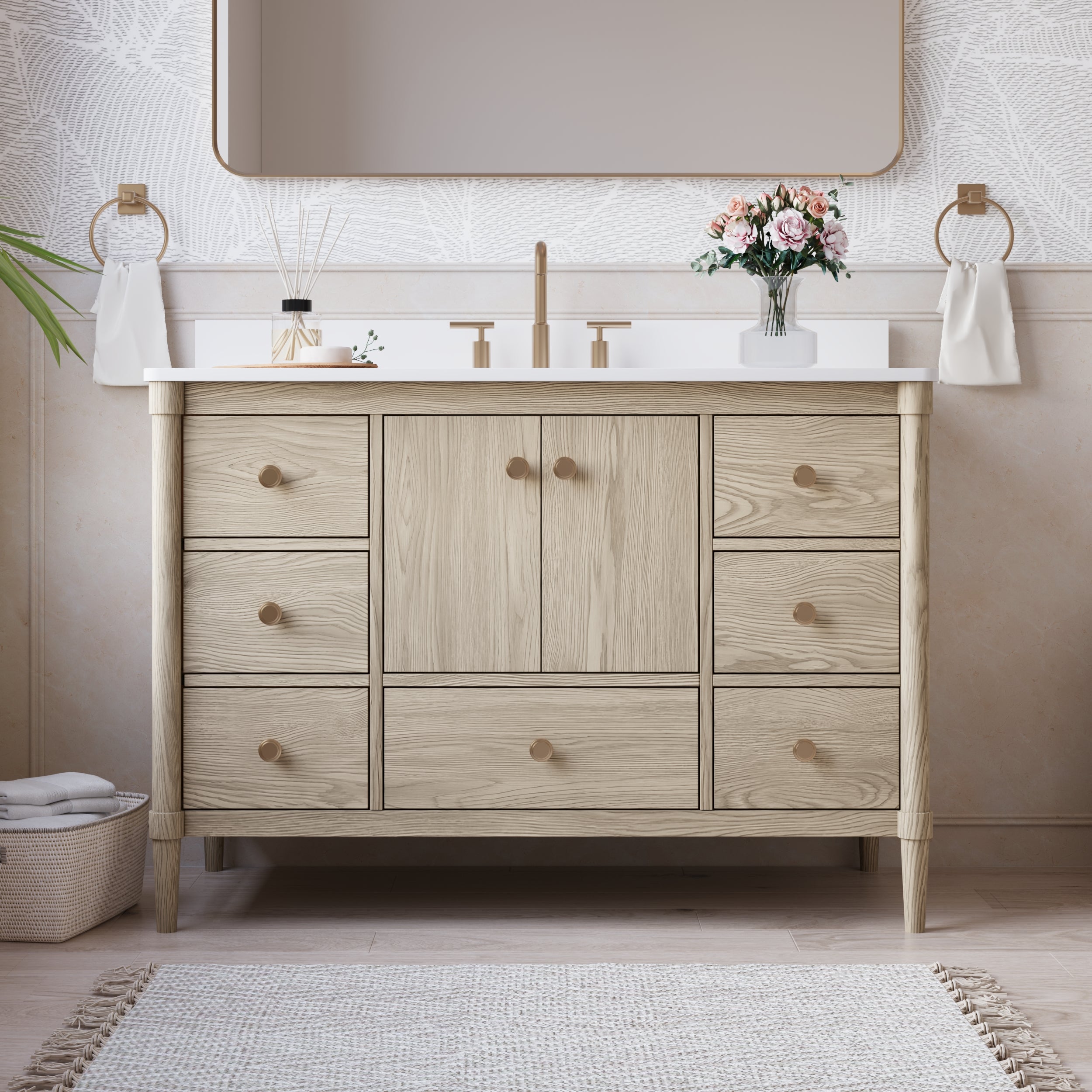
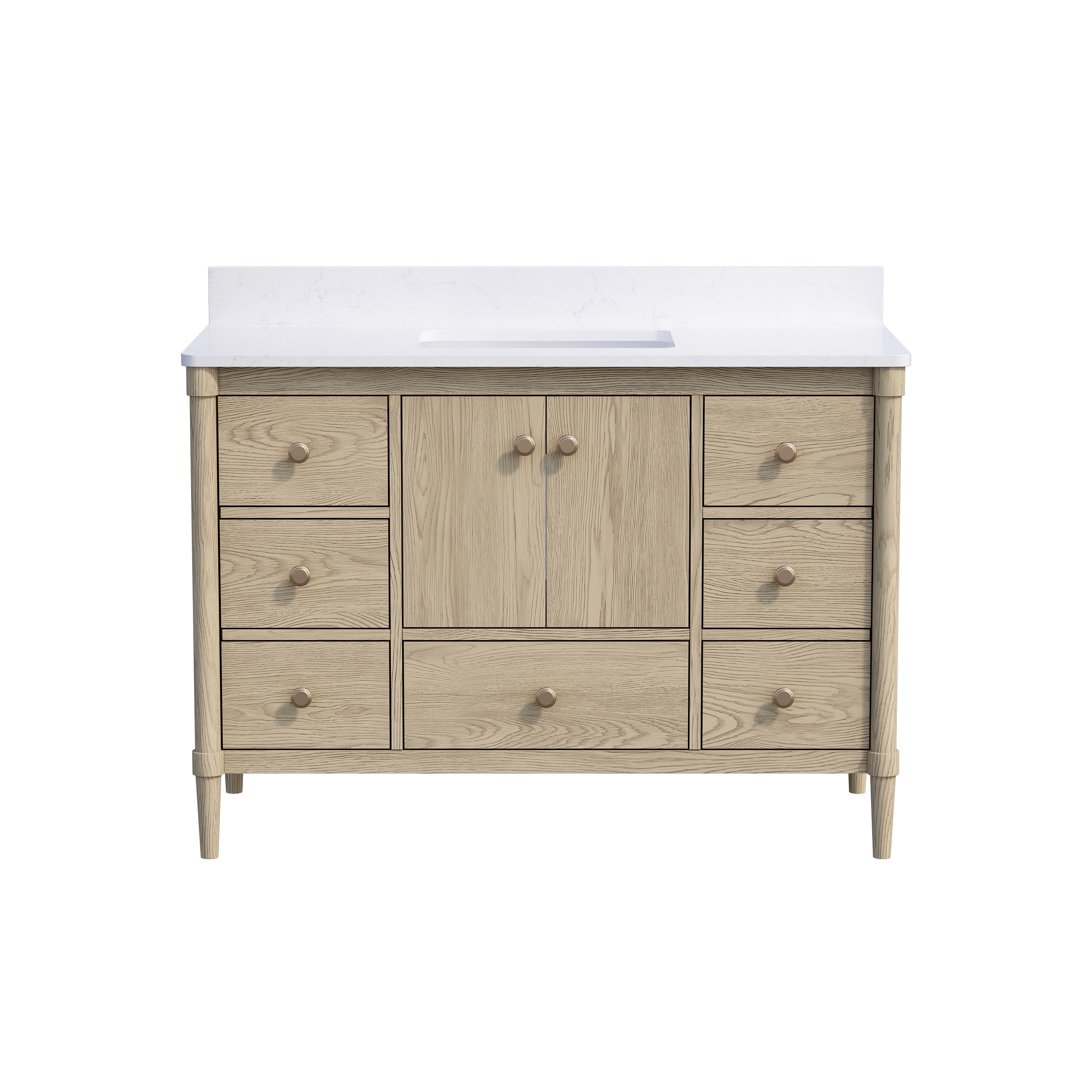
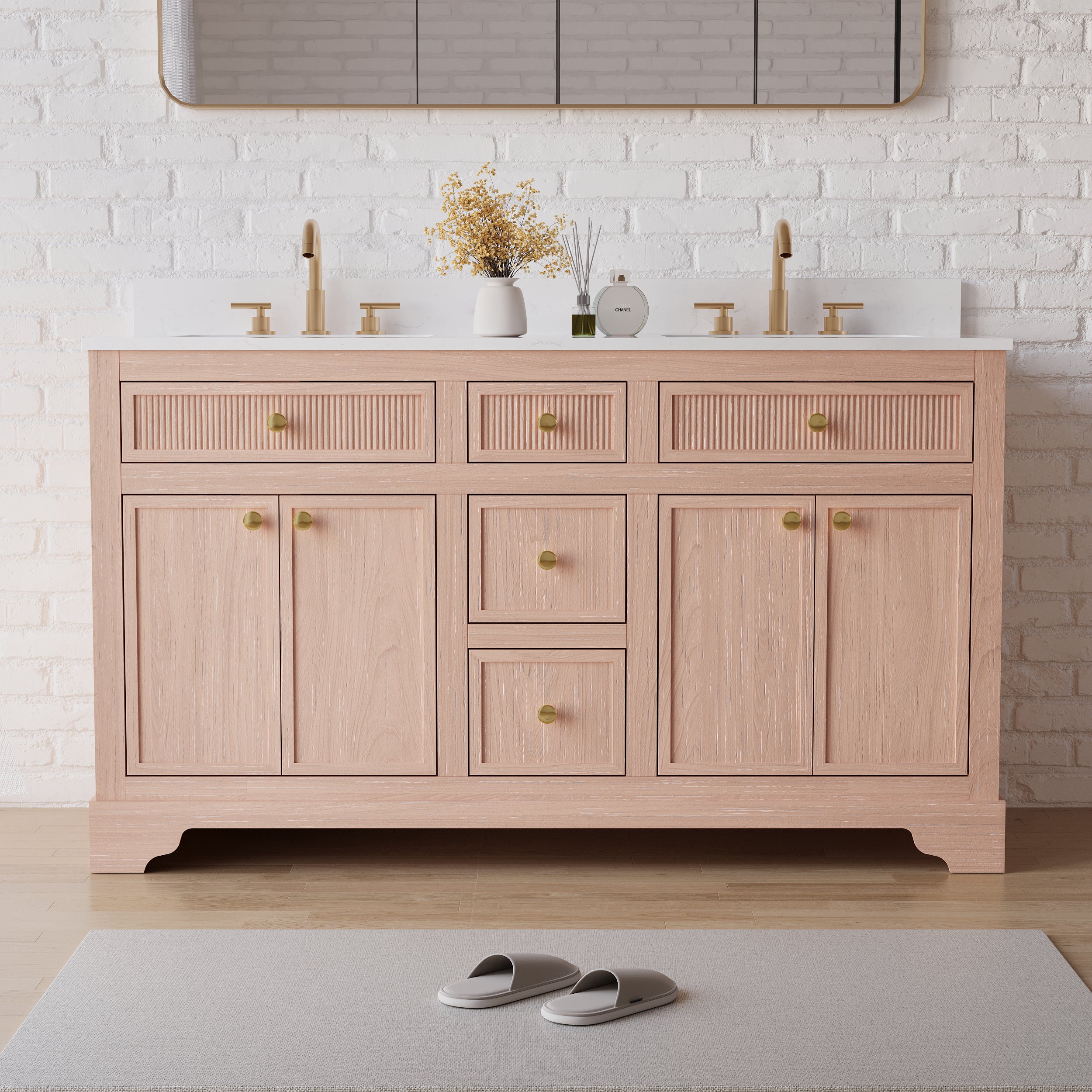
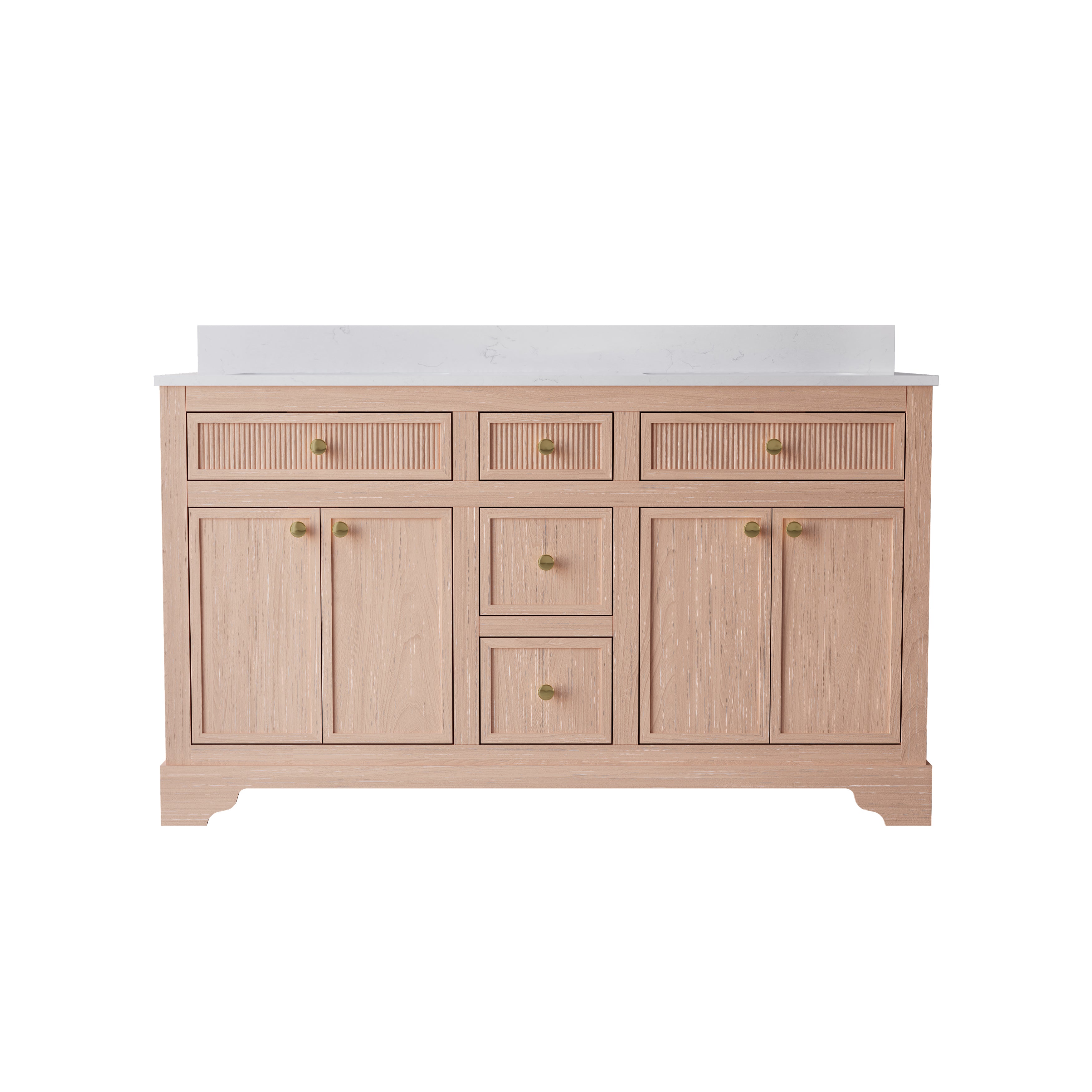
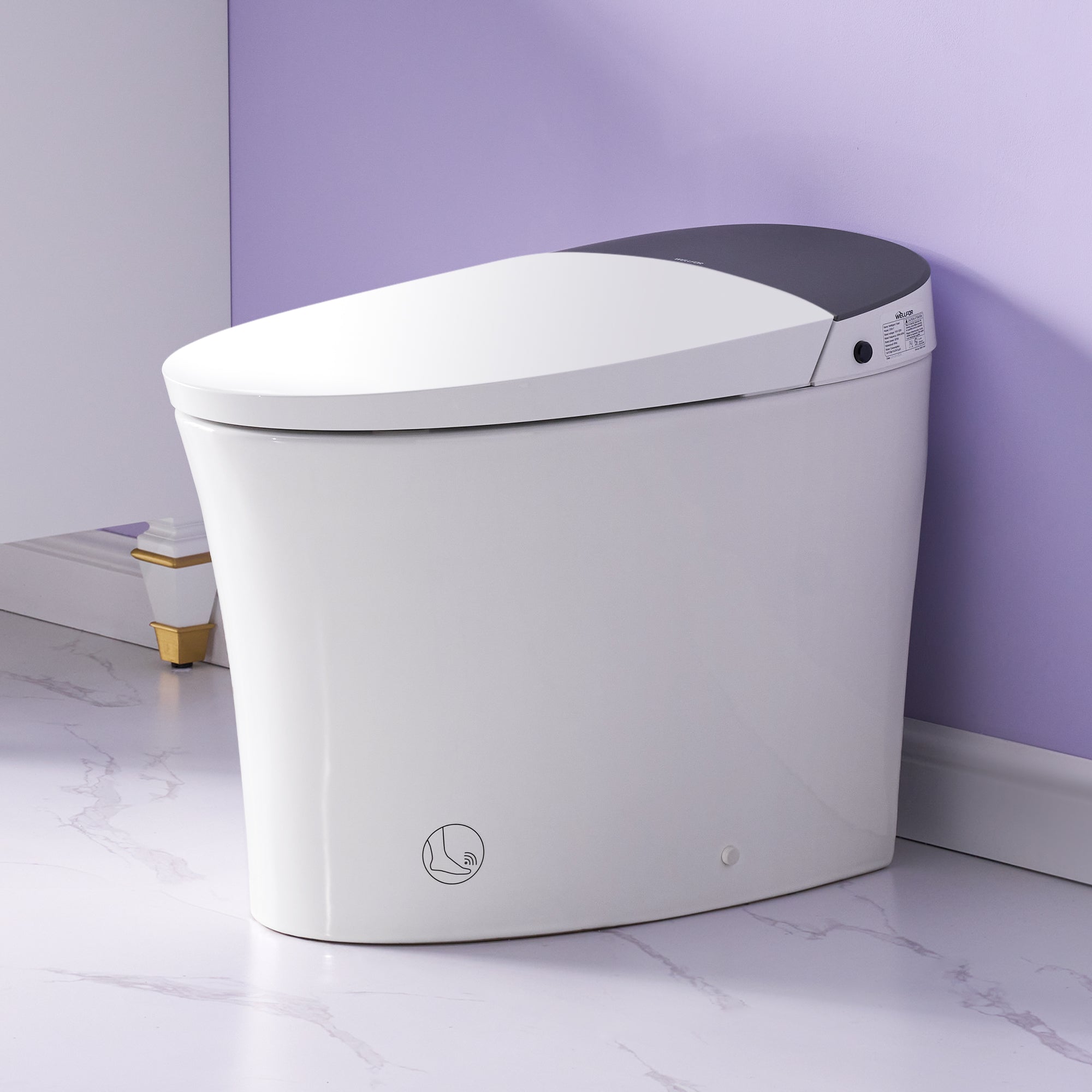
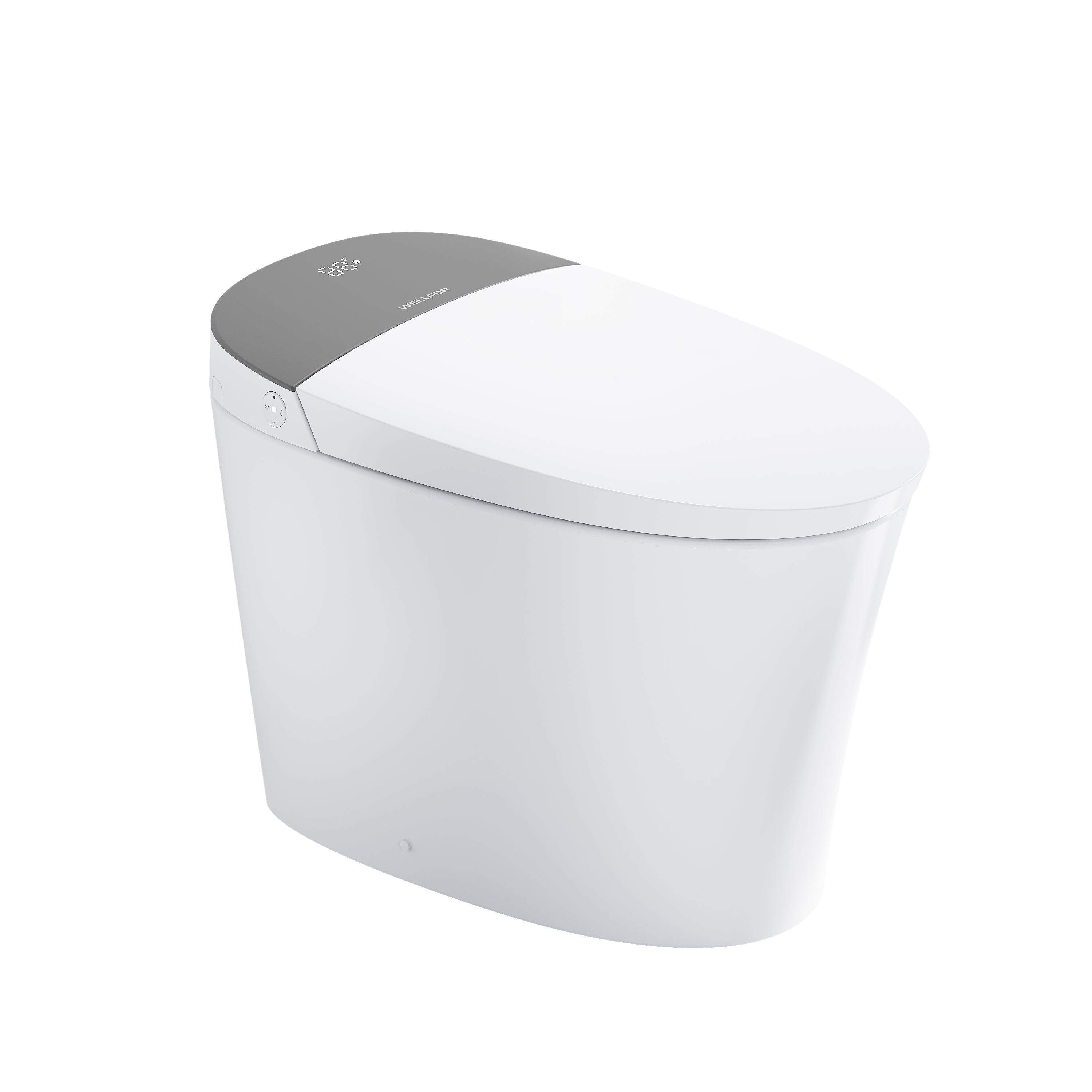
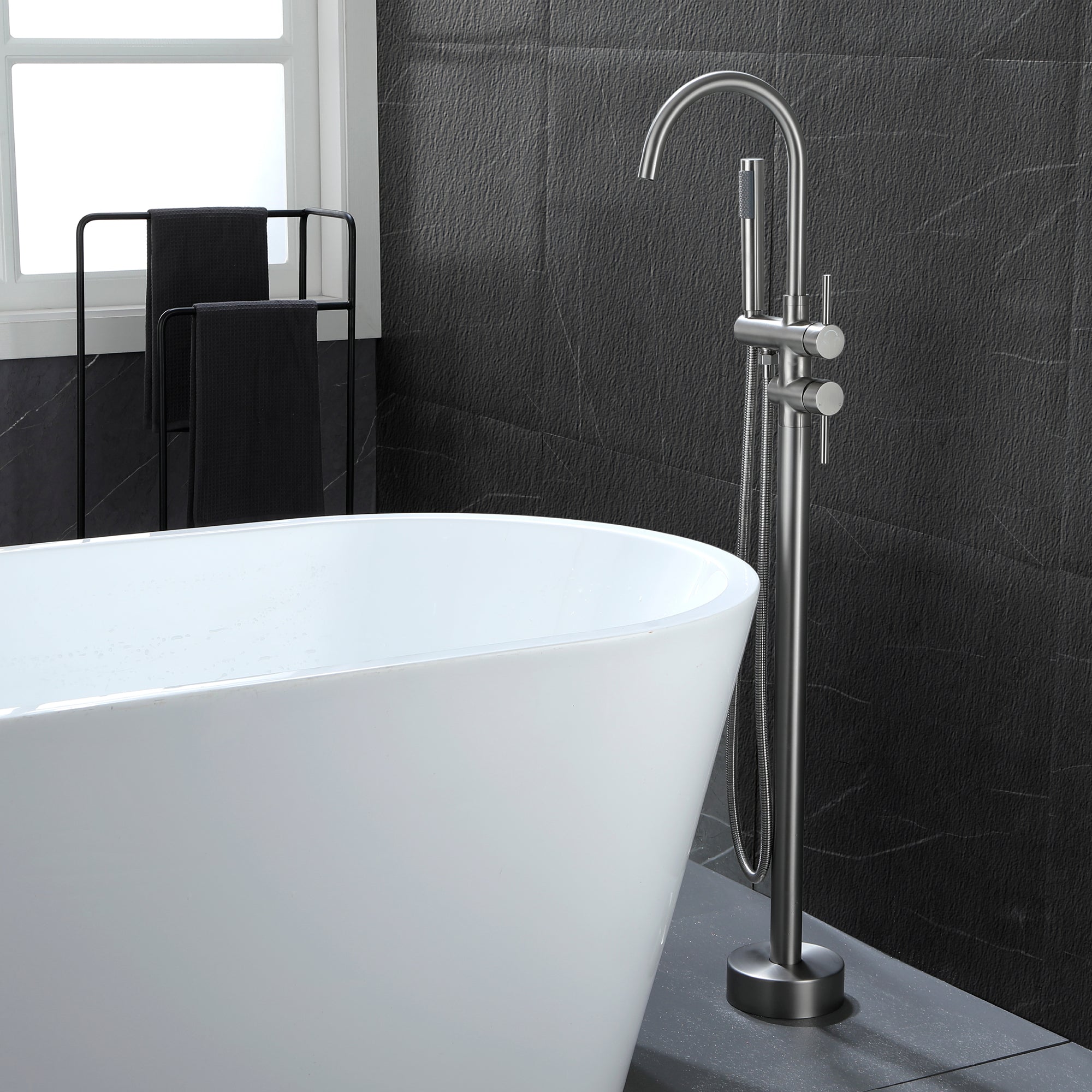

Leave a comment
This site is protected by hCaptcha and the hCaptcha Privacy Policy and Terms of Service apply.